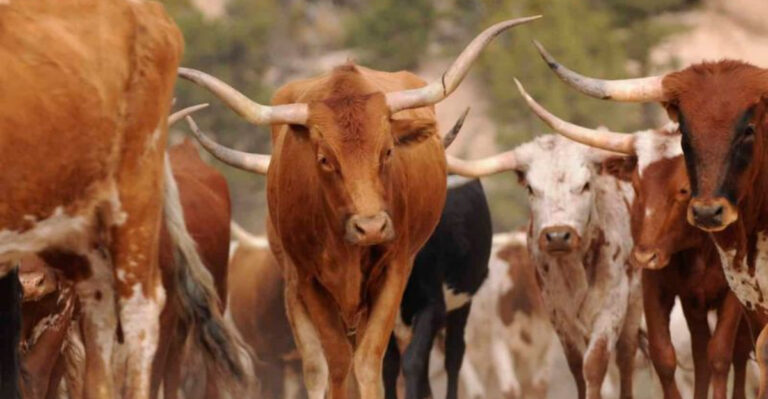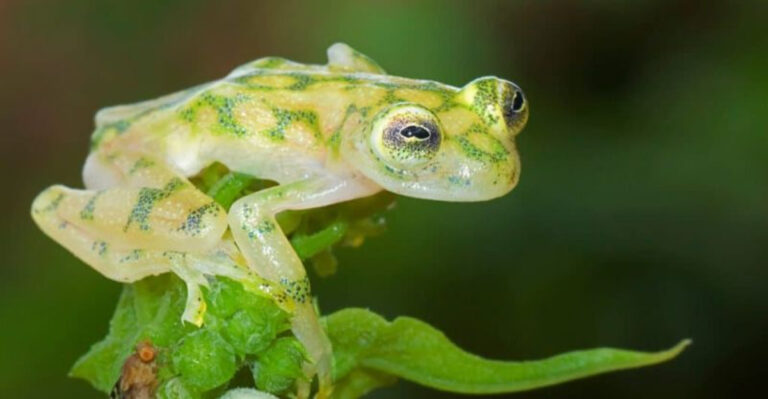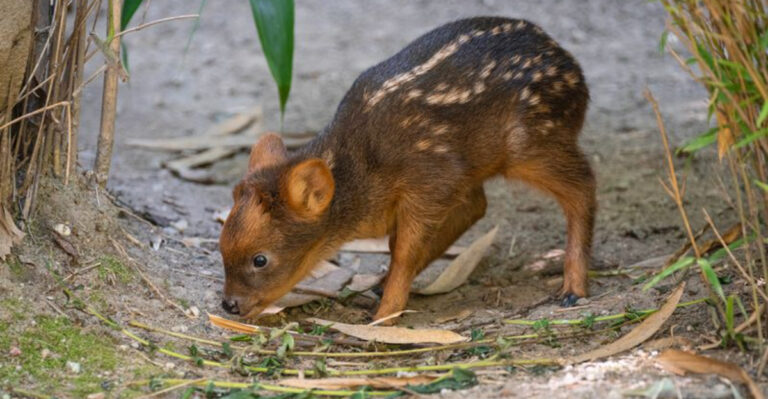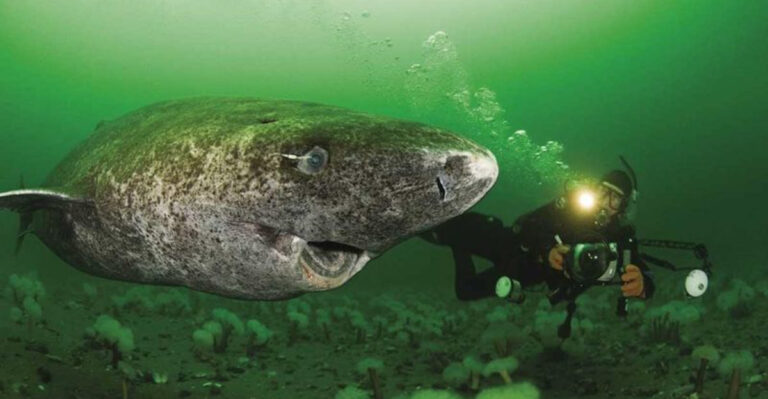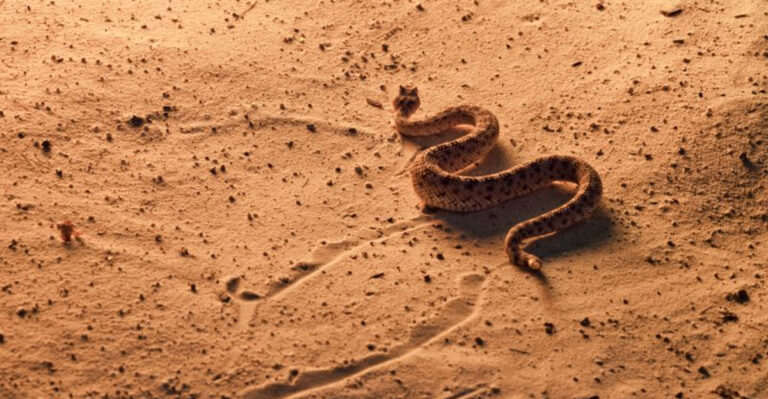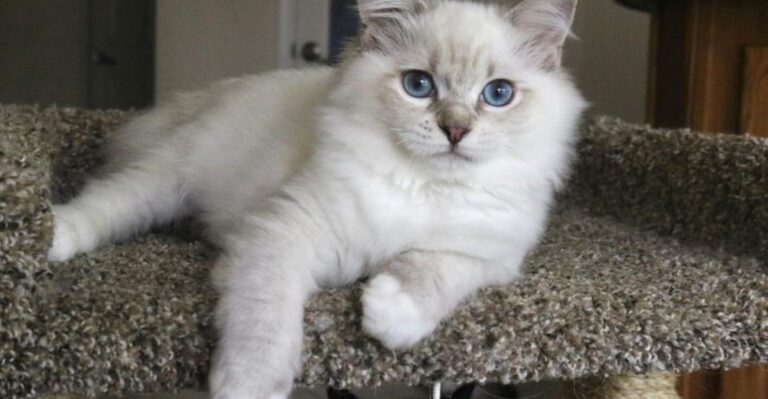17 Formerly Wild Creatures Now Living The Domestic Life
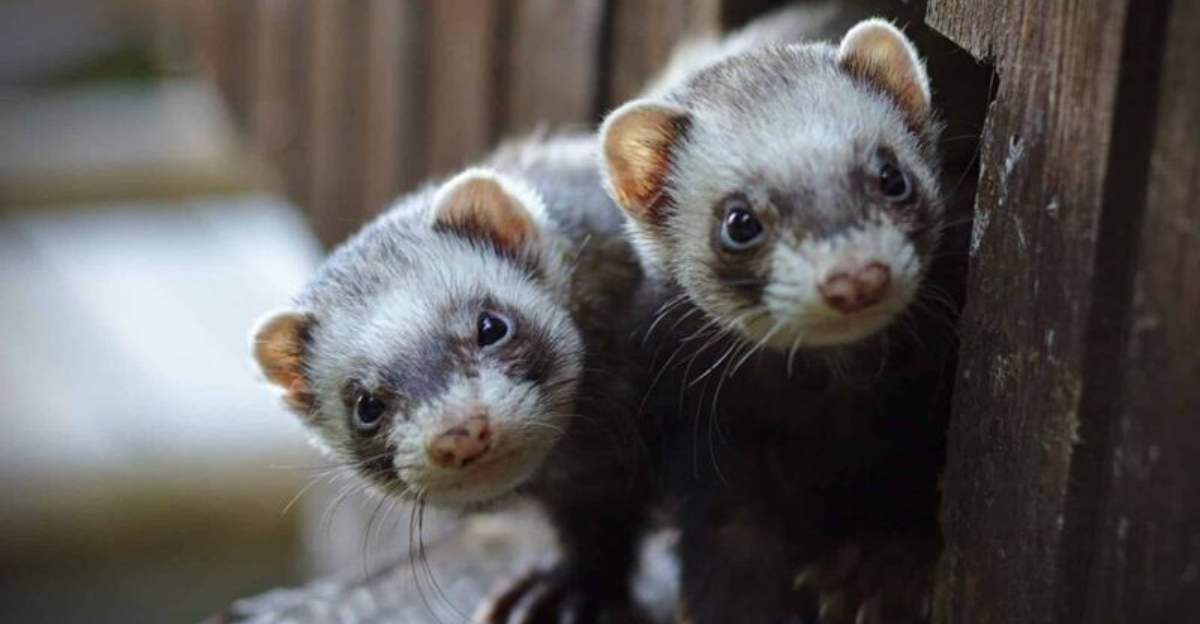
Wild animals becoming our household companions is one of humanity’s most fascinating achievements.
These creatures once roamed freely in their natural habitats before gradually adapting to life alongside humans.
From fierce predators to skittish prey, these animals have transformed into beloved pets and working animals that share our homes and hearts.
1. From Desert Nomad To Sofa Sultan
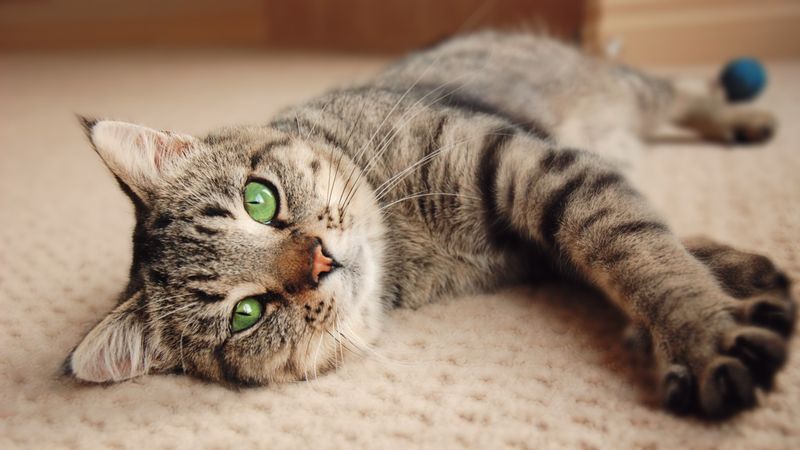
Once racing across scorching desert sands, cats underwent a remarkable transformation. Ancient Egyptians first welcomed these skilled hunters into granaries to control pests around 4,000 years ago.
Today’s pampered felines have traded their wild hunting instincts for catnip toys and window perches, though they still retain that independent spirit. Their purring companionship offers comfort while requiring minimal maintenance.
2. Wolves In Cute Clothing
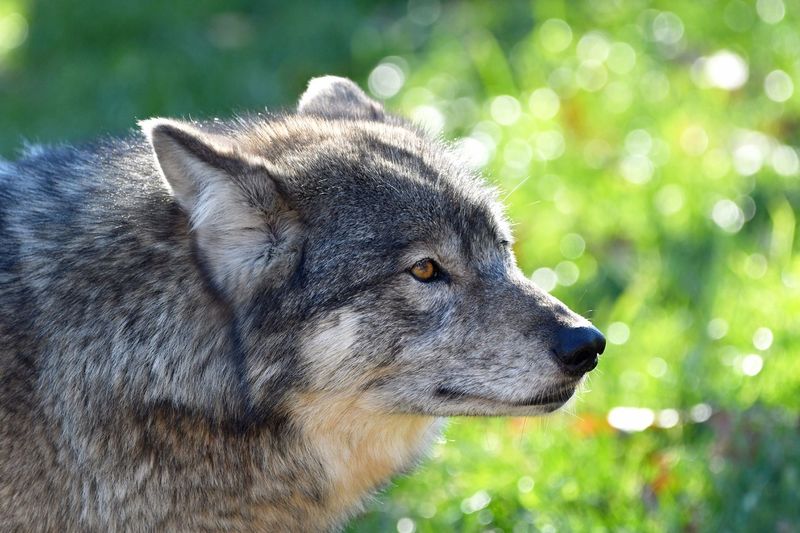
Imagine fierce pack hunters evolving into creatures that wear sweaters and fetch slippers! Dogs began their domestication journey over 15,000 years ago when wolves likely followed human camps for food scraps.
Through selective breeding, we’ve created everything from tiny Chihuahuas to massive Great Danes. Despite their transformation, that wolf ancestry occasionally shows through when your pup howls at sirens or chases squirrels.
3. Majestic Mustangs To Backyard Buddies
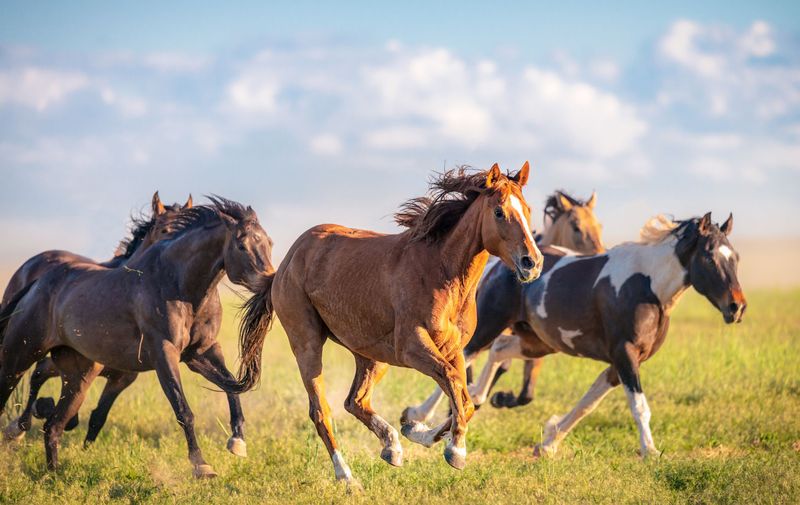
Galloping freely across vast plains, wild horses embodied untamed freedom before humans tamed them around 6,000 years ago. These powerful beasts revolutionized transportation, warfare, and agriculture throughout human history.
Modern equines range from hardworking farm animals to pampered show horses and beloved riding companions. Their intelligence and emotional sensitivity create deep bonds with their human handlers, though they still occasionally display their wild spirit.
4. Jungle Kings To Purring Princes
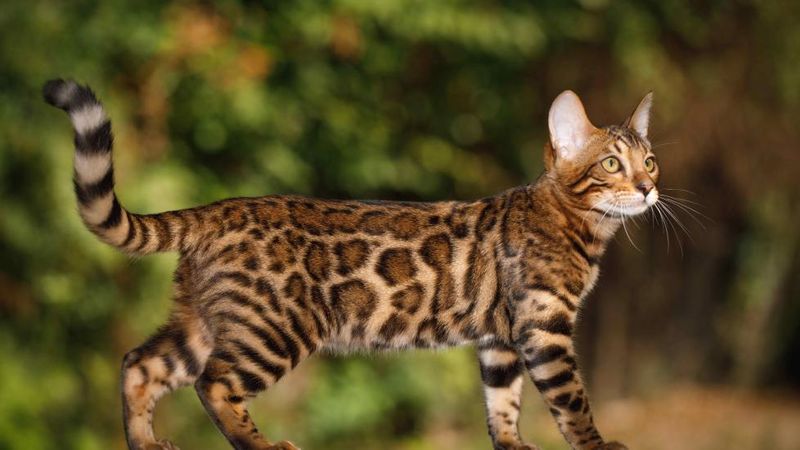
Sporting spotted coats that would make fashion designers jealous, Bengal cats bring exotic flair to ordinary homes. These striking felines resulted from crossing domestic cats with Asian leopard cats in the 1960s.
Only a few generations removed from their wild ancestors, Bengals retain playful energy and love for water unusual in typical house cats. Their distinctive rosette patterns and athletic builds offer a taste of the jungle without the danger.
5. Savage Swimmers to Bathtub Buddies
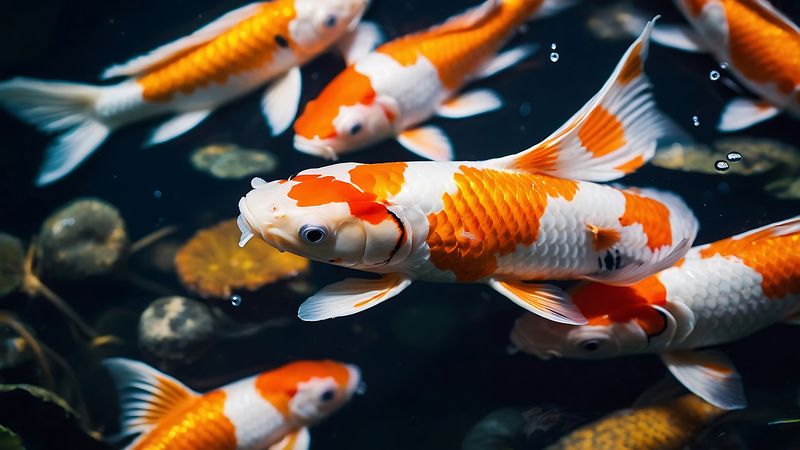
Gleaming scales flash beneath the water as koi fish transform ordinary garden ponds into living art. These colorful creatures began as ordinary gray carp in ancient China, bred for food before their beauty caught attention.
Japanese breeders perfected these aquatic jewels over centuries, creating the stunning patterns we admire today. Some koi live over 200 years, forming multi-generational relationships with human families who hand-feed these surprisingly interactive fish.
6. Mountain Climbers To Milk Makers
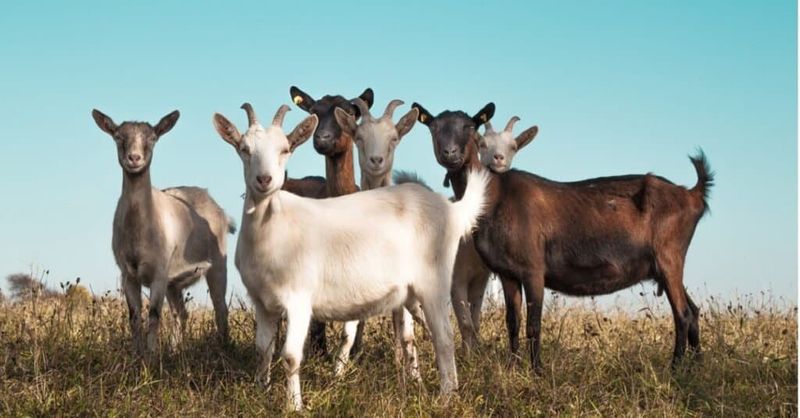
Scrambling up steep mountain faces with impossible agility, wild goats hardly resembled today’s farm favorites. Domesticated roughly 10,000 years ago in the Fertile Crescent, these bearded browsers became vital providers of milk, meat, and fiber.
Modern goats range from tiny Nigerian Dwarfs to floppy-eared Nubians, each with distinct personalities. Their curious nature and problem-solving skills make them entertaining companions who sometimes form surprising bonds with other species.
7. Fierce Fighters to Feathered Friends
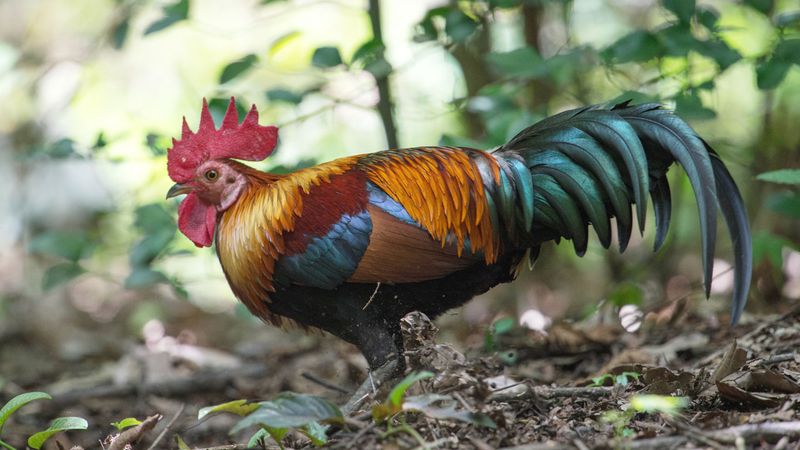
Jungle fowl once battled for territory among dense Asian forests before becoming our breakfast providers. Domesticated around 8,000 years ago, these birds transformed from fierce fighters into the diverse chicken breeds we know today.
From fluffy Silkies that feel like kittens to massive Jersey Giants, chickens now provide eggs, meat, and surprisingly affectionate companionship. Backyard chicken keeping has surged as people discover these birds have unique personalities and can even recognize human faces.
8. Desert Racers To Precious Pets
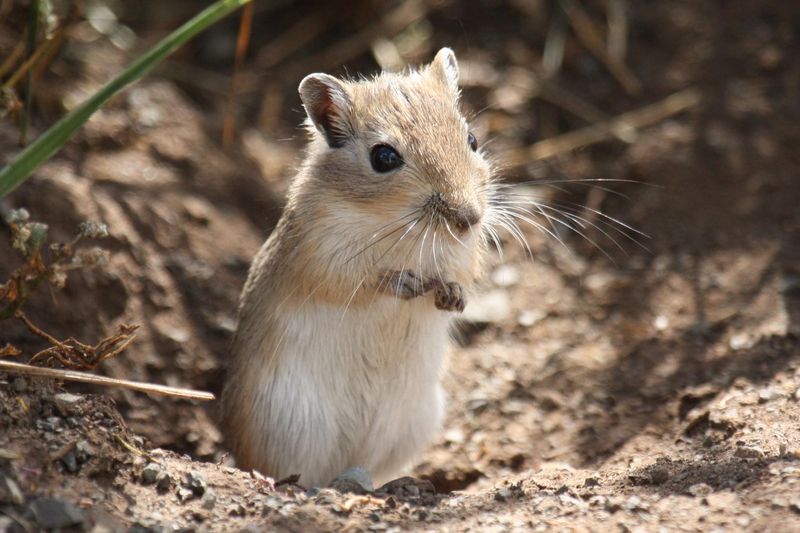
Racing across scorching sands at 45 mph, wild gerbils hardly resemble the tiny fluffballs in classroom terrariums. Native to Mongolia and northern China, these desert specialists were first kept as pets in the 1960s.
Their natural cleanliness and diurnal schedule make gerbils perfect small pets for children. Unlike their wild cousins who dig complex tunnel systems spanning yards, pet gerbils satisfy their burrowing instincts in miniature habitats while forming surprisingly strong bonds with human caretakers.
9. Swamp Dwellers To Sofa Snugglers
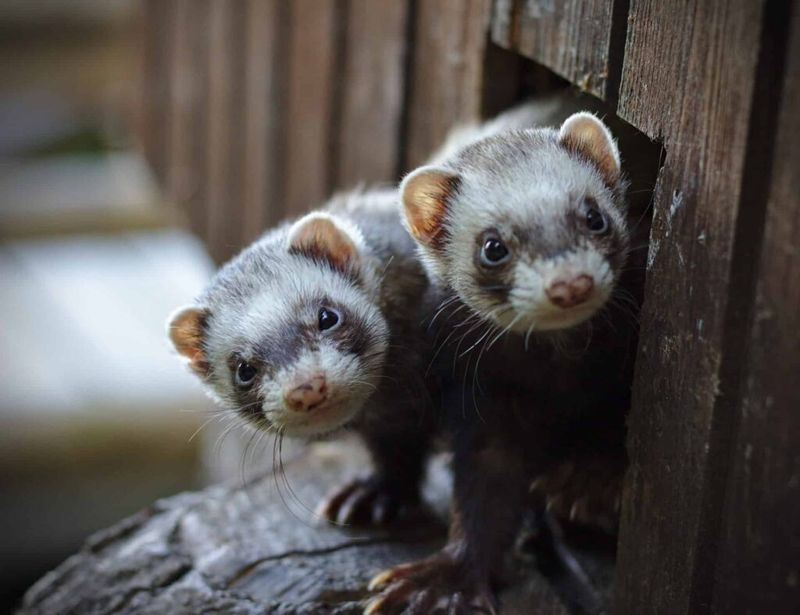
Hidden in the shadows of ancient burrows, the ferret’s wild ancestors were agile hunters with razor-sharp instincts. Humans saw their potential and began using them to flush out rabbits and control vermin.
Today’s ferrets still carry that clever spark, often turning homes into their own personal playgrounds. Curious, carnivorous, and full of personality, they’ve become quirky companions with wild roots.
10. Grassland Grazers To Gentle Giants
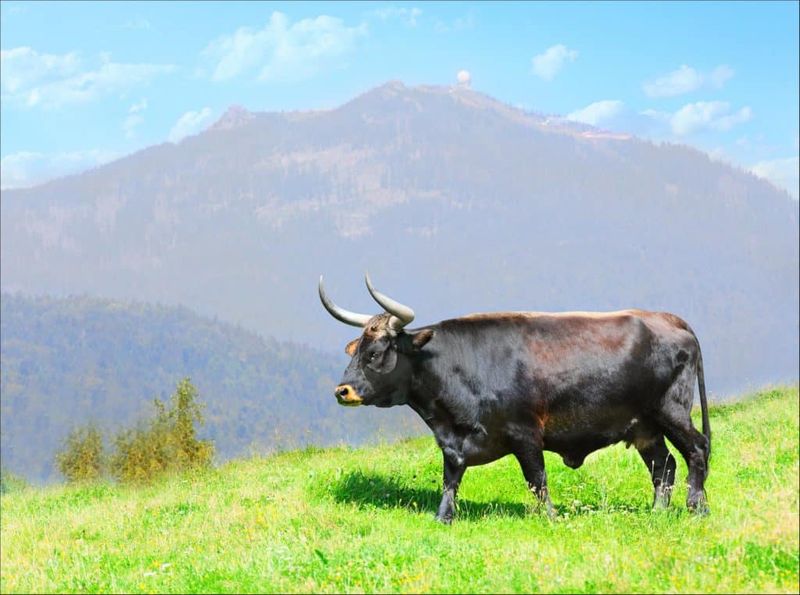
Massive herds of wild cattle once dominated ancient landscapes, commanding respect from early humans. Domestication of the mighty aurochs marked a turning point in agriculture and human development.
Strength and size remain, but most modern cattle now display calm, docile behavior. Many even show affection and recognize familiar caretakers, forming quiet bonds over time.
11. Forest Foragers To Breakfast Providers
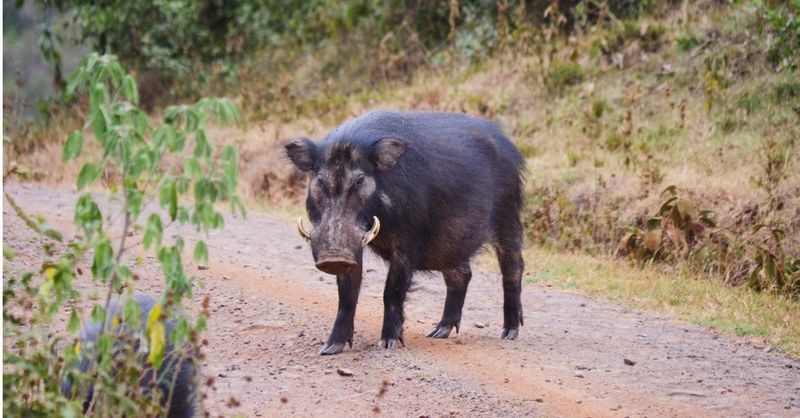
Snuffling through ancient forests for nuts and roots, wild pigs hardly resembled today’s pink farm residents. Domesticated around 9,000 years ago, these intelligent omnivores became vital food sources worldwide.
Modern pigs range from massive farm animals to tiny potbellied pets snoozing on couches. Their problem-solving abilities rival those of primates, while their cleanliness defies their muddy reputation.
12. Arctic Hunters To Instagram Stars
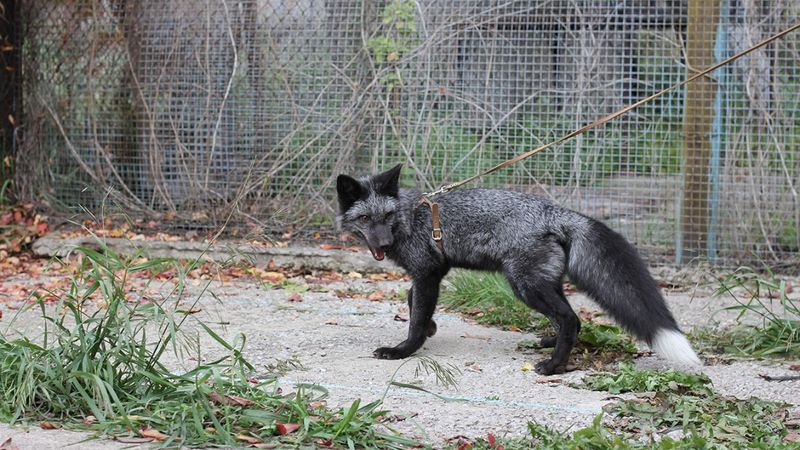
Padding silently across frozen tundra, wild foxes survived harsh conditions before captivating human interest. The famous Russian Fox Experiment began in 1959, creating silver foxes that behave like puppies within just 40 generations.
These domesticated foxes display floppy ears, curled tails, and dog-like affection unseen in their wild relatives. While still rare as pets, their unique position between wild and domestic captures our fascination with transforming fierce predators into companions seeking human attention.
13. Desert Drifters To Family Members
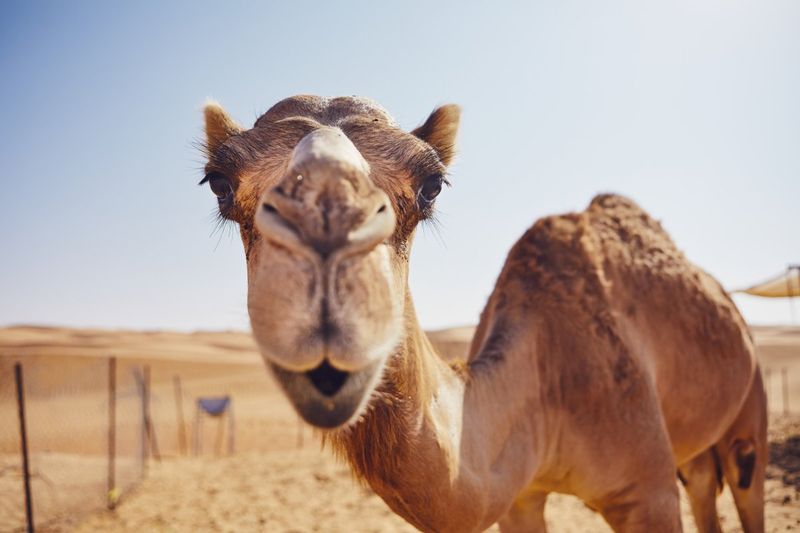
Crossing vast deserts with remarkable endurance, wild camels embodied self-sufficient survival before joining human caravans. Domesticated around 3,000 years ago, these “ships of the desert” revolutionized trade across harsh landscapes.
Today’s domesticated camels provide transportation, milk, meat, and fiber to millions worldwide. Their famous ability to store water in their bloodstream (not their humps, which store fat) helps them thrive where other livestock perish, while their surprisingly affectionate nature creates lasting bonds with caretakers.
14. Cliff Climbers To Cheese Champions
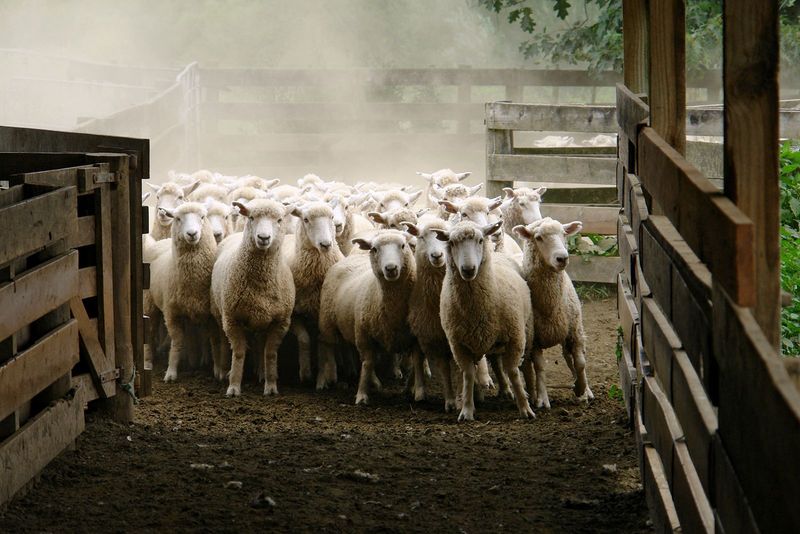
Balancing on precarious mountain ledges, wild sheep displayed incredible agility before humans tamed them. Domesticated around 11,000 years ago in Mesopotamia, these woolly wanderers became essential providers of milk, meat, and textiles.
Modern sheep range from massive meat breeds to fine-wooled varieties producing luxurious fibers. Despite their reputation for following blindly, many develop distinct personalities and recognize their caretakers’ faces.
15. Nervous Nibblers To Pocket Pals
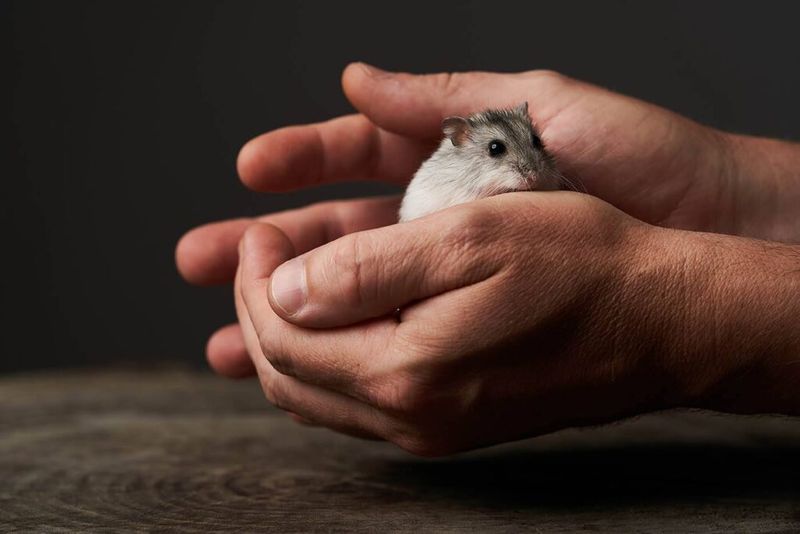
Darting nervously through grassy fields, wild hamsters hardly seemed destined for domestic life. First kept as pets after a zoologist discovered Syrian golden hamsters in 1930, these solitary rodents quickly captured hearts worldwide.
Their pouched cheeks and nocturnal antics make hamsters entertaining companions despite their independent nature. Unlike their wild relatives who maintain large territories, pet hamsters adapt surprisingly well to small habitats while remaining largely undomesticated compared to other pets.
16. Himalayan Hoppers To Hutch Habitants
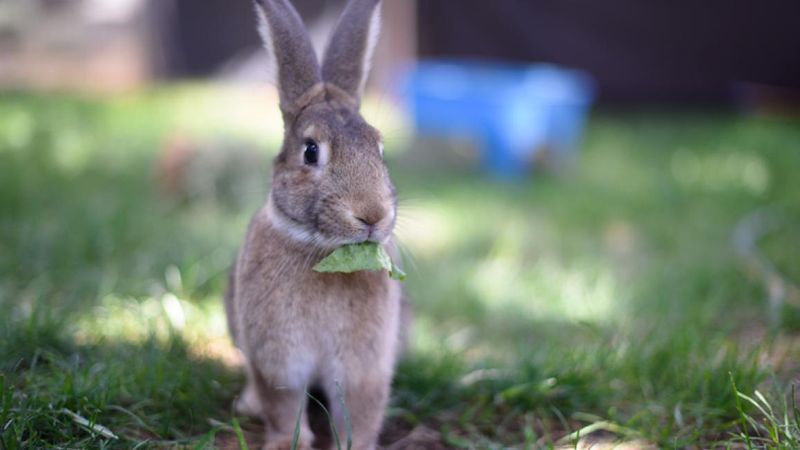
Bouncing through mountain meadows at high altitudes, wild rabbits displayed impressive survival skills before humans brought them home. Domesticated relatively recently (around 1,500 years ago), these rapid reproducers quickly diversified into hundreds of breeds.
From tiny Netherland Dwarfs to massive Flemish Giants, domestic rabbits bear little resemblance to their wild ancestors. Their naturally quiet nature and soft fur make them appealing pets, though they retain surprising athletic abilities – some can jump three feet high from a standstill!
17. Feathered Nomads To Colorful Companions
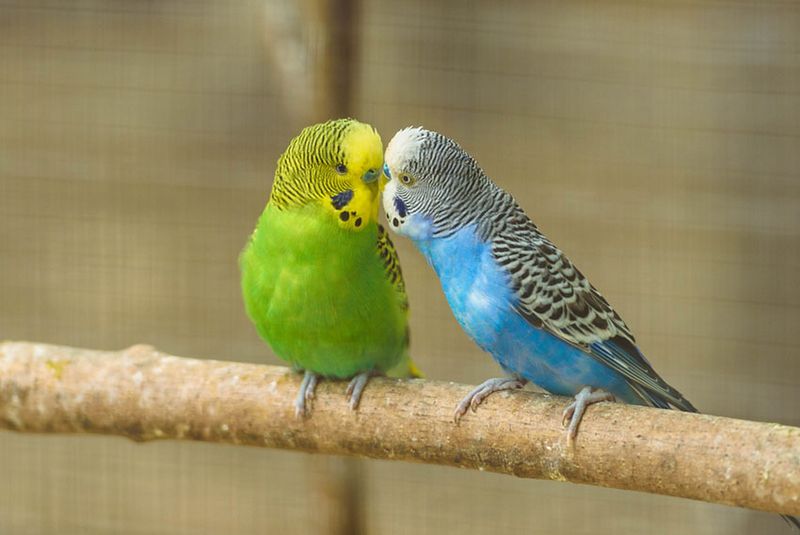
Bright flocks of budgerigars once swept across Australia’s open skies, thriving in tough conditions with dazzling agility. Curiosity and charm helped them win a place in human homes as early as the 19th century.
Breeding expanded their color palette from wild green to every shade imaginable. Small size, big personality, and impressive mimicry skills turned them into beloved pets around the world.

